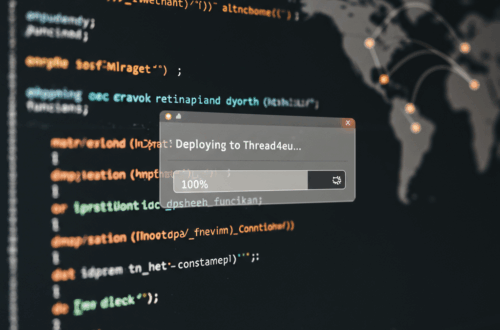Blueboots: A Retro-Themed Fedora Linux Built with a Single Containerfile
Looking for a lightweight, customizable, and retro-themed Linux distribution? Blueboots, a Fedora-based OS built entirely within a single Containerfile, might be just what you need. This project offers a fascinating approach to building a personalized operating system, simplifying the process and making it more accessible.
The entire Blueboots system is defined and built using a Docker Containerfile. This means the entire build process is containerized, making it repeatable and consistent across different environments. This method offers several advantages, including easy customization and deployment. Modifying the OS is as simple as editing the Containerfile and rebuilding the image.
Why a Retro Theme?
The retro aesthetic of Blueboots provides a unique visual experience, reminiscent of older computer systems. This throwback design isn’t just about looks; it also promotes a focus on functionality and simplicity. The interface encourages users to engage with the system in a more direct way.
How Does It Work?
The magic behind Blueboots lies in its clever use of Docker. By leveraging containerization technology, the developers have streamlined the entire build process. This results in a more efficient and manageable system for both building and maintaining the OS.
Key Features of Blueboots:
- Built with a single Containerfile for simple customization and deployment.
- Retro-themed interface for a unique visual experience.
- Based on Fedora Linux, offering a stable and reliable foundation.
Who Should Try Blueboots?
Blueboots is ideal for users who appreciate a minimalist and efficient computing experience. It’s also a great choice for anyone interested in exploring a different approach to OS construction. If you’re looking for a customizable and visually distinct Linux distribution, give Blueboots a try. You can find the project on GitHub: https://github.com/bluebootsy/os
Getting Started:
The project’s GitHub repository provides detailed instructions on how to build and run Blueboots. While the project is still under development, it provides a compelling example of what’s possible with containerization. It will be interesting to see how the project evolves in the future.






